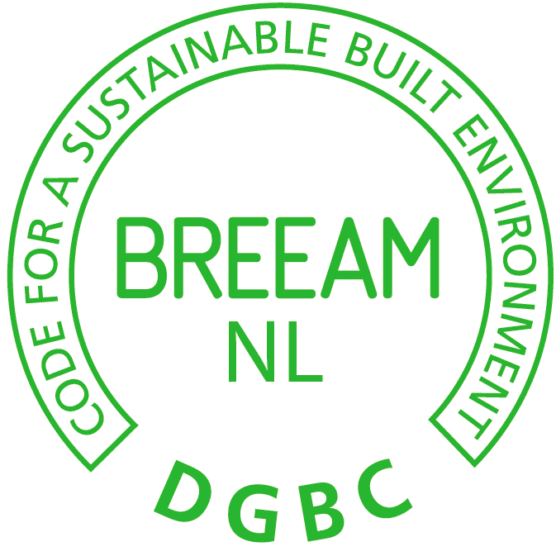Document •


By Ruud Sprock – Senior Sustainability Advisor (from the very beginning)
Since 1 January 2021 BREEAM 2014 has been replaced by the new BREEAM 2020. This update was necessary because the 2014 version started to lag behind new legislation and regulations and the development of new sustainable techniques. The requirements for obtaining a certificate have become about 15-20% heavier than those for the 2014 version.
In addition to the stricter requirements, BREEAM 2020 differs from the previous version in a number of other respects. For example, BREEAM 2020 only applies to new build projects and small-scale renovations. For major renovations, a new Assessment Guideline (BRL) is in the pipeline – until then, such renovations may still be certified according to BREEAM 2014.
The functions which can be certified under BREEAM-2020:
Residential buildings cannot be certified according to BREEAM 2020. A separate BRL is being prepared for this. For the time being, they can still be certified under the 2014 version. For data centres the BREEAM 2012 version remains applicable.
Green lease constructions are no longer allowed under BREEAM 2020. Instead, a choice can be made from one of three BREEAM project types that best fit the project to be certified. In outline:
BREEAM Structure
BREEAM Airframe + Central Installations
BREEAM Complete Building
Like the 2014 version, BREEAM 2020 has 9 sustainability categories divided into 3 main themes:
An important change compared to the 2014 version is the reduction in the number of credits to be achieved. Whereas the 2014 version still had 75 credits, the 2020 version has 48, which does not mean that the total number of detail requirements has been reduced! In the 2020 version, the 2014 credits have been combined, strengthened and adapted to the latest developments in technology and regulations,
New to BREEAM 2020 are the minimum requirements that apply to different credits. A project must meet all these requirements in order to qualify for a certificate at all. However, they do not provide points that count towards the final score.
The burden of proof required to demonstrate that requirements have been met is heavier. More investigations and reports are required. This is one of the reasons why the level of difficulty of the 2020 version has increased compared to the 2014 version.
A one-to-one comparison between the 2014 credits and the 2020 version is therefore not possible. Evidence that was still valid in the 2014 version is largely obsolete for the 2020 version. Please take this into account when making the transition from BREEAM 2014 to BREEAM 2020.
So this new BREEAM is more than an update on points and commas. It raises the green bar again, which is exactly what the label is all about – encouraging sustainable ambitions beyond what is already required by law.
BREEAM 2020 takes some getting used to, but it’s not impossible. The projects we supervise give us confidence that the market will soon have mastered BREEAM 2020.
Navigation